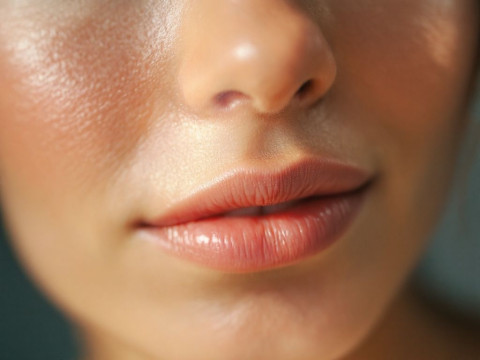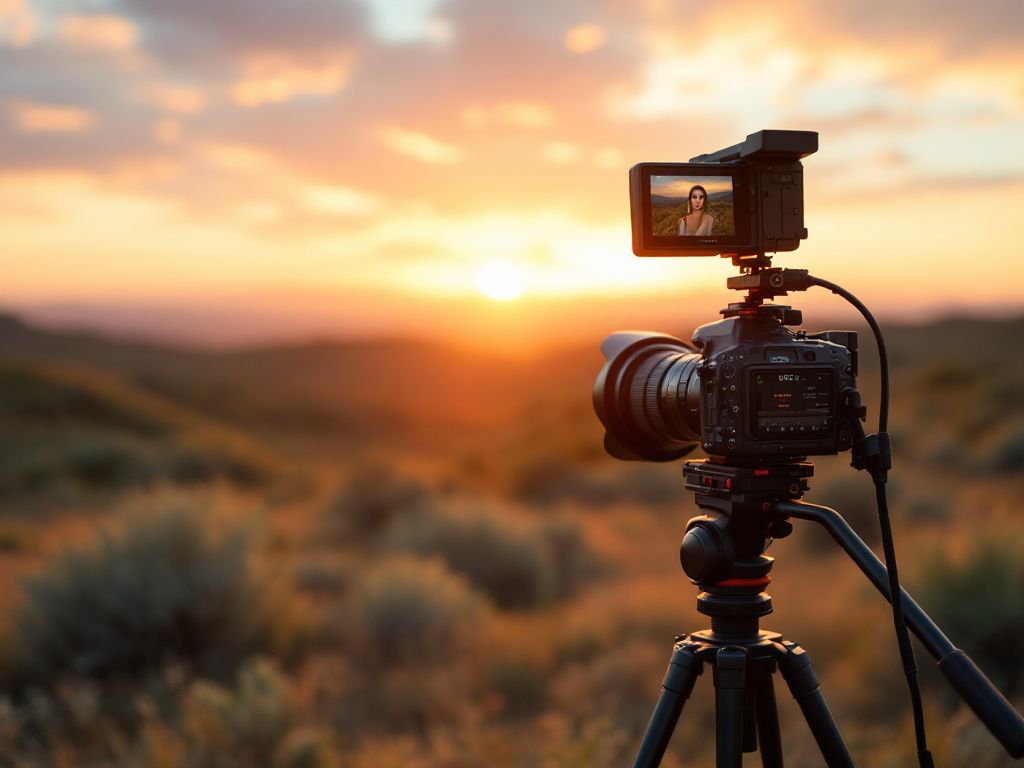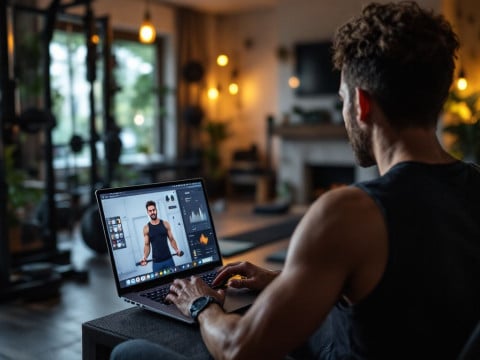Hey there! If you’re diving into the world of location shoots, you know they come with their own set of challenges. One minute you’re in a cozy studio controlling every detail, the next, you’re out at a beach adjusting to the harsh sunlight and dealing with skin that may not do exactly what you want it to. Sound familiar? If you’ve ever juggled makeup under the blazing sun or figured out how to keep skin flawless in unpredictable weather, this guide is for you. Whether you’re the talent or behind the lens, cracking the code to skin preparation at various shoot locations can make a huge difference in your results.
Understanding the Need for Location-Specific Skin Prep
Now, let’s chat about why location makes such a big difference in your routine. Every location is a game-changer. Be it the dry heat of the desert, the humidity of the tropics, or even the chilly bite of a mountain range. Okay, we get it; changing environments affect everything. From makeup to equipment, everything needs a bit of tweak. But what about skin preparation?
What Affects Skin During Shoots?
An outdoor location throws lots of curveballs. Temperature fluctuations, humidity changes, and pollution can all impact how skin looks and feels. Sounds a bit overwhelming, doesn’t it? But don’t worry, making a few smart skin preparation choices can help keep skin looking its best, leaving you free to focus on capturing that perfect shot.
Skin Preparation: The Basics
Trust me, starting strong with basic skin preparation doesn’t just help skin appear Instagram-worthy—it’s essential for healthy skin beneath all the makeup and chaos. Before diving into location-specific advice, ensure that you’ve got a solid face regimen underway. Here are a few fundamentals:
- Cleanse the skin: Begin with a gentle cleanser that suits your skin type. No excuses here, friends!
- Hydrate, hydrate, hydrate: Combat dehydration by drinking adequate water to maintain your skin’s elasticity. Bonus: carries over benefits to the rest of your body.
- Moisturize wisely: Even those with oily skin need a moisturizer—a lightweight option suffices.
- Prime time: While applying a primer is optional, it does help makeup stay put. Go for a product that caters to your specific skin concerns, whether that’s oil control or added hydration.
Must-Have Pre-Shoot Skin Care Products

Items that have proven their worth many past locations:
- Micellar water: It’s magic for removing traces of makeup and impurities without over-drying.
- Sheet masks: Quick fix masks can revive and energize tired skin in short order.
- Setting spray: Keeps makeup locked in place regardless of which way the weather turns.
Pro tip: always carry blotting papers in your kit to save the day when sweat or excess oil attempts to undo your morning’s careful prep.
Pre-Shoot Skin Preparation for Different Locations
Alright, let’s dive deeper into specific environments and the skin preparation tricks to match. Remember, it’s less about having all the know-how in the world and more about figuring out what works for your specific scenario—and skin!
1. Desert Heat Dilemma
**Challenge:** The desert’s dry climate zaps skin moisture pretty quickly, leading to flakiness or dullness. So how do we arm ourselves against the desert heat?
**Solution:**
- Hydrate more than ever: Load up on lightweight but deeply moisturizing serums, preferably those packed with hyaluronic acid. Look for water-based moisturizers to amplify skin’s hydration.
- Broad-spectrum sunscreen is non-negotiable: Apply generously and reapply every two hours like clockwork.
- Opt for minimal makeup: Heavy foundation is likely unwanted here. Try a tinted moisturizer or BB cream to keep things light and natural, yet even-toned.
2. Humid Tropical Bliss
**Challenge:** Tropical humidity can make skin appear oily and shiny. Wanna avoid your makeup sliding right off by mid-day?

**Solution:**
- Mattifying primers are your friend: Tackle shine at its source by opting for oil-free moisturizers and primers.
- Weightless textures win the day: Powder foundations tend to pair better with humidity than liquid options; they absorb excess oils, helping makeup look fresh longer.
- Dial down on makeup product layers: Less is more when there’s heavy moisture in the air. A touch of powder blush, a smidge of waterproof mascara, and lip tint might just be perfection.
3. The Mountain Chill
**Challenge:** At high altitudes, the environment often presents ultra-dry air, with temperatures fluctuating much more broadly throughout the day.
**Solution:**
- Bring on the hydrating layers: Stock up on rich, emollient moisturizers. Layer a heavier nighttime moisturizer under a barrier-like balm.
- Don’t neglect sunscreen, even if it’s cold: Both UVA and UVB rays still make their way through clouds, which can cause long-term skin damage. By the way, snowy landscapes double UV exposure by reflection.
- Clever lip balm usage: Lips can dry out painfully in colder spaces. Apply more frequently than you think, and think about opting for a moisturizing lipstick.
Overcoming Environment Changes
Occasionally, plan your shoot location well in advance but suddenly discover the environment’s changes aren’t playing nicely. No sweat, adaptability is key:
- Adapt rituals quickly: Change your cleansing routine if shifting from high humidity to dryness—use creamier cleansers when extra wrong turns in weather conditions could strip skin natural protective oils.
- Keep emotive with advances in tech: Check out mobile apps that show UV index, humidity levels, and local weather forecasts for additional planning prowess.
Key Do’s and Don’ts for Flawless Skin Prep

Want to put your best face out there during location shoots? Use these examples as scenarios:
Do’s
- Research location specifics thoroughly: Preparation doesn’t begin and end with the skin itself. Know what you’re working with regarding environment changes in advance.
- Pack versatile products: Skin loves consistency, but makeup bags love multi-use products even more.
- Stay organized and anticipate needs: Mismatched lash glue, misplaced brushes—it happens. Help negate unforeseen hiccups.
Don’ts
- Don’t overdue exfoliation: Overeager scrubbing can rebelliously trigger deterioration, making skin more prone to color irregularities.
- Avoid pore-clogging formulas: Just because makeup looks good on camera doesn’t mean it’s good for the next two days… unclogged pores are forever in vogue.
- Don’t underestimate hydration: Mist a thermal water spray throughout your day for effortless rejuvenation.
Concluding Thoughts on Skin Preparation
Nailing skin preparation on location might take a little getting used to, and, hey, it might take a few trial-and-errors. Each environment gives rise to adaptative measures that, when overcome, will make your work shine further.
And as much as trends evolve, good-old-care for skin’s health should remain a constant. Whether you choose trendy skincare favorites or stick with timeless picks, tend to your skin like an investment for future endeavors. Reason enough to start early with establishing the professional who’s always two steps geared up ahead at location-shoot readiness.
With this guide, would you count yourself a step closer to nailing those location-specific challenges? Go out, play the environmental chameleon, and deliver exquisite shots in every condition you explore!
Frequently Asked Questions
Why can’t I use regular soap, lotion, cream, powder, or deodorant after using chlorhexidine gluconate (CHG) or Hibiclens for skin preparation?
These products may interfere with the CHG or Hibiclens binding to your skin and decrease its effectiveness. It is important to avoid using such products after the skin preparation to ensure the antiseptic remains effective[3][5>.
Why do I need to apply CHG or Hibiclens to my entire body when the surgery is only on a small area?
The microbiome is present everywhere on the skin, and applying CHG or Hibiclens to the entire body helps decrease the overall bacterial presence, reducing the risk of surgical site infections[1][3).
What if I experience a rash or skin irritation after using CHG or Hibiclens for skin preparation?
If you develop a rash or skin irritation, do not proceed with the second skin cleansing and notify the staff in the pre-operative area on the day of surgery. Your doctor or pre-operative team may instruct you to use a different soap or apply the CHG or Hibiclens only to targeted areas[1][3).
Which factor should I consider first when deciding between different skin preparation agents?
The primary factor to consider is the antiseptic effectiveness of the agent. This effectiveness depends on the chemical composition, concentration, and the specific needs of the patient, including the location of the surgical site and any skin sensitivities or allergies[5).
References










